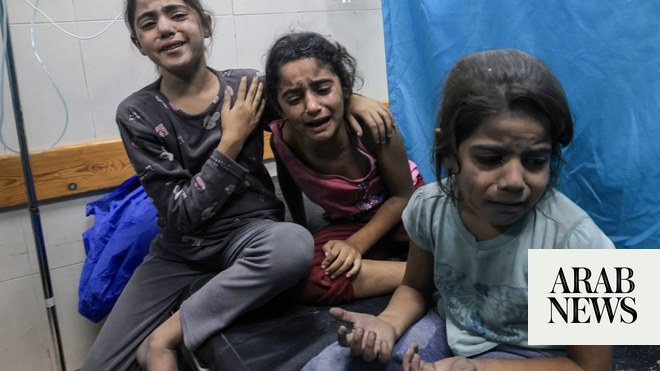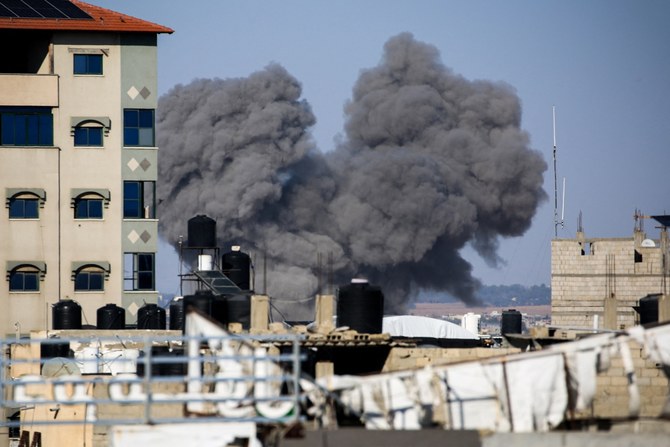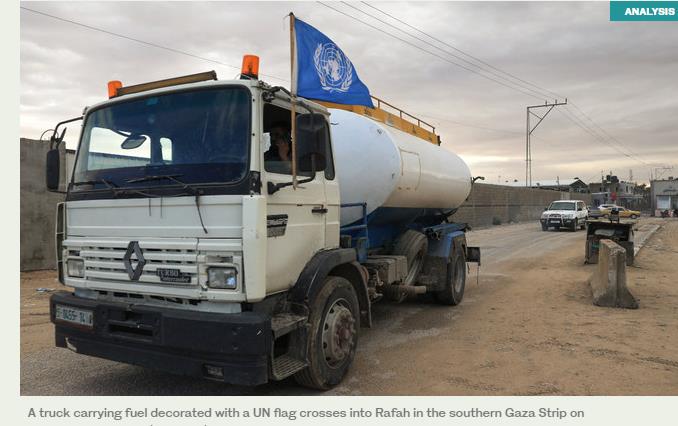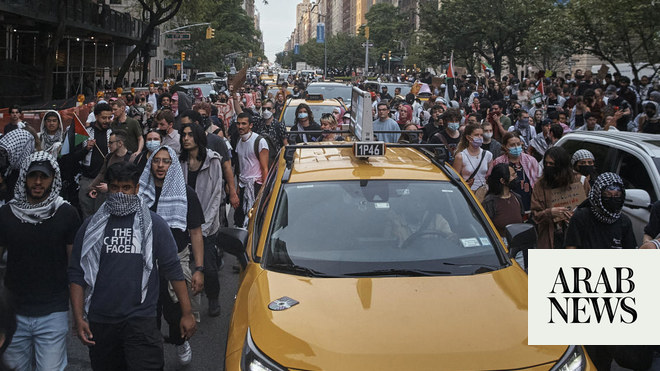
RAMALLAH, Palestinian Territories, Feb 8, 2024 Agence France Presse: Palestinian culture minister Atef Abu Seif was in Gaza on October 7 for a planned ceremony when the Hamas attack on Israel set off the war and left him trapped for 90 days.
During those painful months, Abu Seif said he witnessed unimaginable death and destruction and lost countless relatives and friends in the coastal territory where he was born.
Now back in Ramallah in the occupied West Bank after he managed to escape the war zone, Abu Seif, 50, talked to AFP about the traumatic experience.
“Gaza is no longer Gaza,” he said. After the war ends, he added, “we will need a new Gaza.”
The minister was in the territory on October 7, which marked Palestinian Heritage Day, for a planned ceremony at Al-Qarara Museum in the southern city of Khan Yunis.
“I wanted to celebrate the launch of Palestinian Heritage Day from Gaza for the first time in history,” he said. But it was not to be.
That Saturday saw Hamas launch their unprecedented attack that resulted in the deaths of about 1,160 people in Israel, mostly civilians, according to an AFP tally based on official Israeli figures.
The militants also seized around 250 hostages. Israel says 132 remain in Gaza, of whom 29 are believed to have died.
Israel, vowing to eliminate Hamas, launched relentless air strikes and a ground offensive that have killed at least 27,840 people, mostly women and children, according to the health ministry in Hamas-ruled Gaza.
Abu Seif said the toll includes many of his friends and “more than 100 relatives, including my sister-in-law and her children.”
Abu Seif said he spent the first 48 days of the war with his 17-year-old son and family members in the Jabalia refugee camp in northern Gaza.
But then their home was hit by an Israeli strike, forcing them to flee, like half of Gaza’s population of 2.4 million.
They headed south to Rafah, on the border with Egypt, which Israel now says is the next target of its military campaign.
From his days in Jabalia, Abu Seif has painful memories, including helping pull bodies from under the rubble after a strike hit a relative’s home.
“We were shocked to find that a body which a friend retrieved belonged to his 16-year-old son,” said Abu Seif. “The war in Gaza is ugly.”
Abu Seif said he eventually managed to leave Gaza through the Rafah border crossing with Egypt to return to Ramallah via Jordan.
“I cannot imagine what my neighborhood in the (Jabalia) camp looks like now,” he said.
And what will happen, he said, when he returns one day to Gaza and does “not find half of my friends alive“?
“All the grief of the people of Gaza is postponed... because the sadness has no longer a meaning and is no longer useful in survival.”
Before the war, Abu Seif used to travel to Gaza from Ramallah on Thursdays to link up with his friends for the weekend.
He said now “almost half of them” have been killed.
His ministry says the damage has been immense to Gaza’s cultural heritage.
Around 195 historical buildings, including mosques and churches, and 24 cultural institutes have been damaged or destroyed, it says.
The Al-Qarara Museum, which was surrounded by 5,000-year-old Roman columns, and an ancient Phoenician harbor have also been destroyed, said Abu Seif.
Abu Seif criticized the UN’s cultural agency UNESCO “for keeping silent” on the destruction.
After his return home, Abu Seif urged Palestinian authors and academics living in Gaza to write about their lives there.
The result is a collection of stories from 24 authors called “Writing Behind the Lines.”
One account entitled “The Donkey of Return” tells the story of Gazans forced to use donkey-drawn carts amid dire fuel shortages.
Others relate to the challenges of the internally displaced with titles such as “Seven times displaced” and “We hope to survive.”
“It is important for Gaza’s writers... to write about their lives,” said Abu Seif. “We want the world to read them.”











